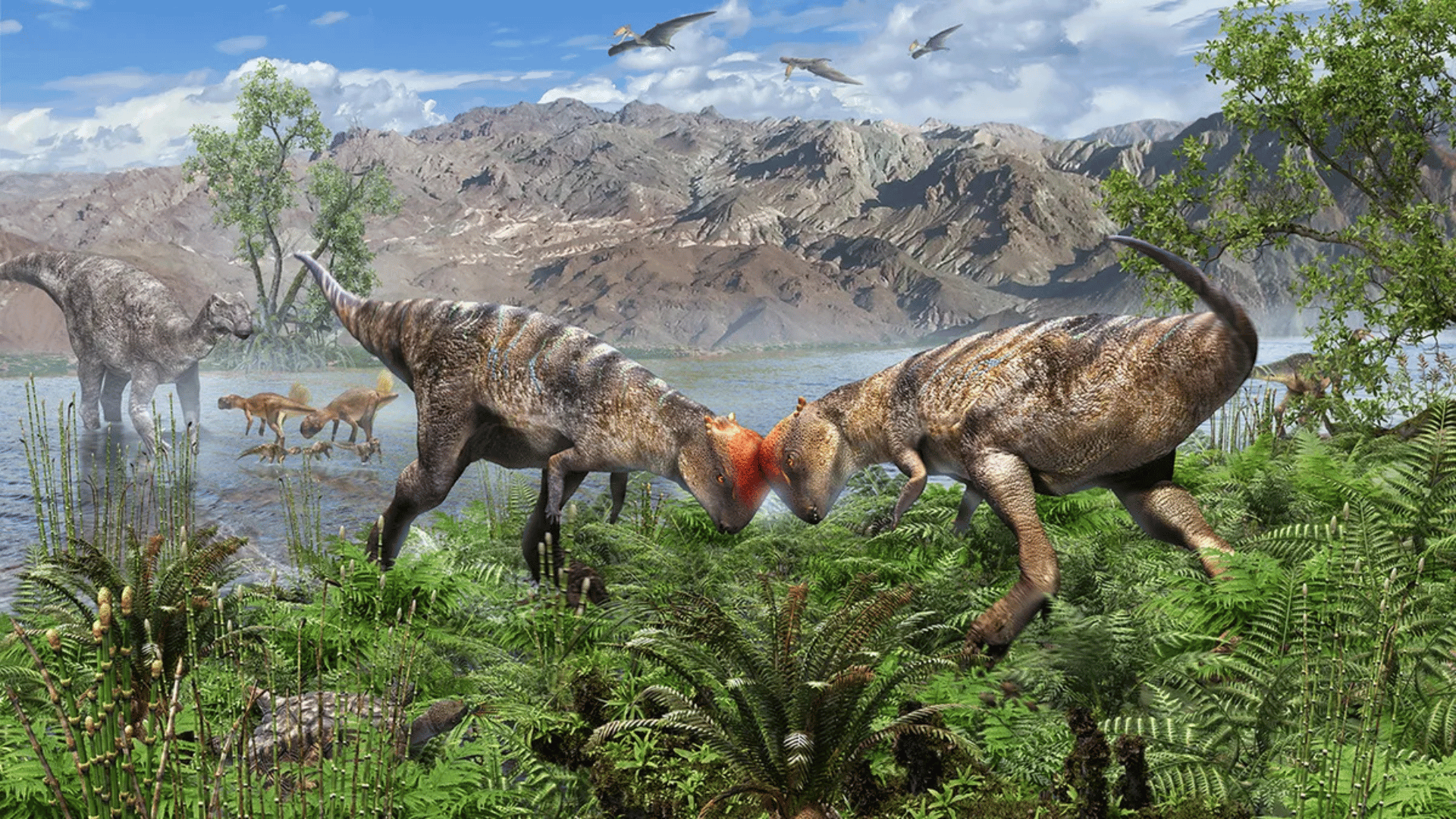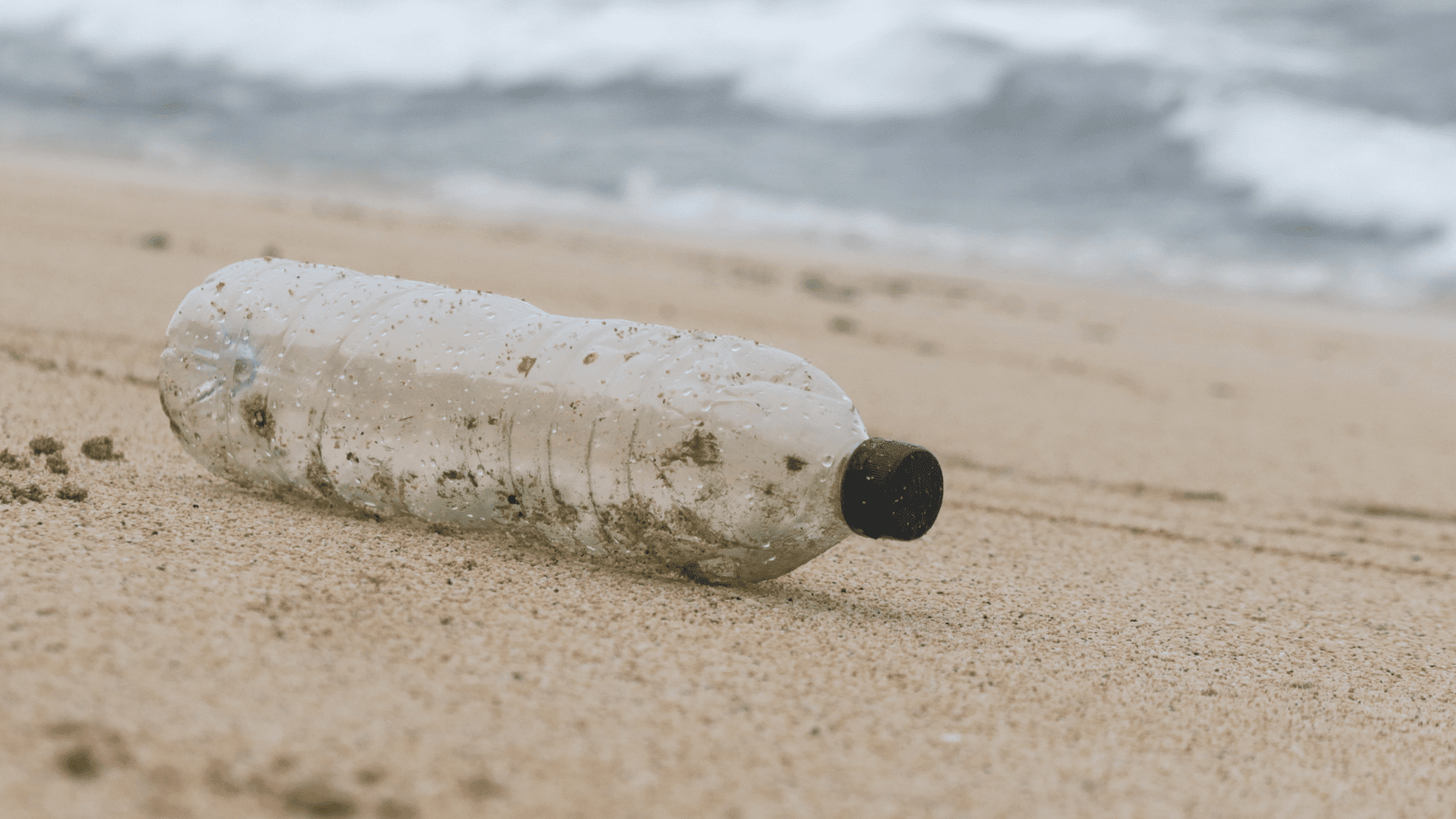Paleontologists have discovered the oldest and most complete dome-headed dinosaur fossils to date, pushing back the timeline for their emergence by about 15 million years.
Dome-Headed Dino Fossils

Found in Mongolia’s Gobi Desert, the fossils are between 108 million and 115 million years old. These dinos lived during the Late Cretaceous period, which was between 86 million and 66 million years ago.
The new discovery may help researchers learn new details about the development or evolution of dome-headed dinosaurs or pachycephalosaurs.
“Pachycephalosaurs are iconic dinosaurs, but they’re also rare and mysterious,” study co-author Lindsay Zanno, a paleontologist at North Carolina State University, said in a statement.
According to Live Science, the development and function of their particularly thick skulls is debated among scientists. Some believe they helped attract mates and fend off competition, while others believe the dinosaurs actually kick-boxed like kangaroos. They haven’t been able to form a full picture, as most known pachycephalosaur fossils are incomplete and not from early in their development.
In the new study, the newly discovered species is named Zavacephalae rinpoche. The fossil included approximately 54% of the dinosaur’s bones, including the skull, entire tail, several hand and leg bones, and stomach stones that helped Z. rinpoche grind its food.
Researchers believe the dinosaur measured about 3.3 feet (1 meter) long and weighed about 12.9 pounds (5.85 kilograms). Though the dinosaur’s dome was fully developed, growth rings in its lower leg bone led scientists to believe it was still growing when it died.
“We age dinosaurs by looking at growth rings in bones, but most pachycephalosaur skeletons are just isolated, fragmentary skulls,” Zanno said. “Z. rinpoche is a spectacular find because it has limbs and a complete skull, allowing us to couple growth stage and dome development for the first time.”
“This specimen is a once-in-a-lifetime discovery,” Zanno stated. “Z. rinpoche gives us an unprecedented glimpse into the anatomy and biology of pachycephalosaurs.”







